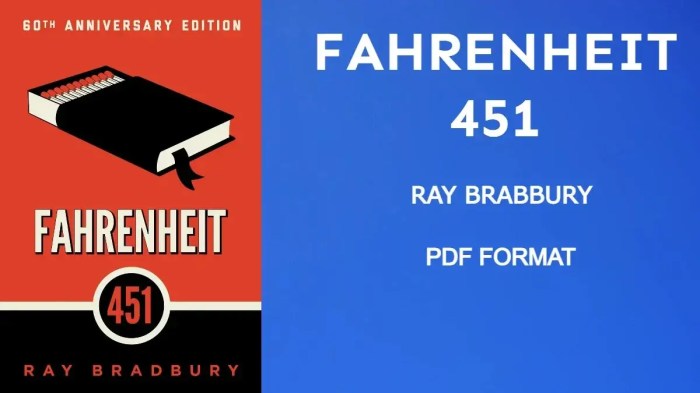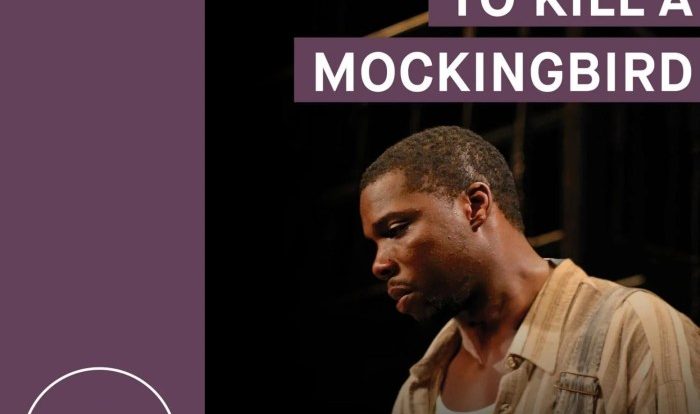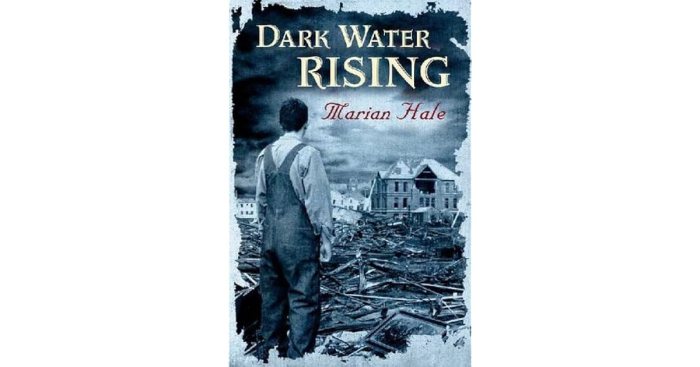Unveiling the intricacies of Jane Austen’s beloved masterpiece, Pride and Prejudice Workbook Answers offers a comprehensive exploration of the novel’s characters, themes, setting, and literary techniques. Embark on a journey through the complexities of human relationships, societal norms, and the timeless appeal of classic literature.
Delve into the dynamics between Elizabeth Bennet and Mr. Darcy, unraveling the evolution of their pride and prejudice. Examine the social commentary embedded within the novel, exploring its insights into class, gender, and marriage. Immerse yourself in the rich setting of Regency England, and discover how it shapes the characters’ actions and motivations.
Pride and Prejudice: Characters and Their Relationships
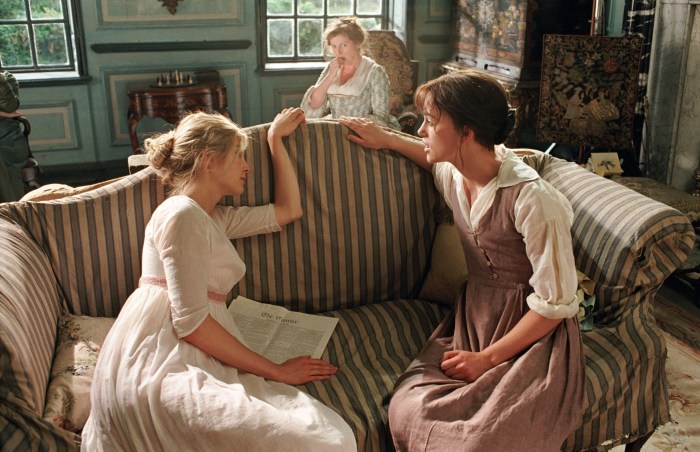
Pride and Prejudicefeatures a diverse cast of characters with complex relationships that drive the novel’s plot and themes. The central characters include Elizabeth Bennet, Mr. Darcy, Jane Bennet, Mr. Bingley, and Mr. Wickham.
Elizabeth Bennet and Mr. Darcy
Elizabeth and Darcy are the novel’s main protagonists and their relationship is the central focus of the plot. Initially, they are both prejudiced against each other: Elizabeth finds Darcy arrogant and conceited, while Darcy views Elizabeth as inferior due to her family’s social status.
However, over the course of the novel, they gradually overcome their prejudices and fall in love.
Jane Bennet and Mr. Bingley
Jane and Bingley are another central couple in the novel. Jane is Elizabeth’s older sister and is kind, gentle, and beautiful. Bingley is a wealthy and amiable man who is instantly smitten with Jane. Their relationship is a contrast to Elizabeth and Darcy’s, as it is based on mutual affection and understanding.
Mr. Wickham
Wickham is a charming and manipulative character who initially appears to be a close friend of Darcy’s. However, it is later revealed that Wickham has lied about his past and is actually a dishonorable man who attempted to elope with Darcy’s younger sister, Georgiana.
Pride and Prejudice: Themes and Motifs: Pride And Prejudice Workbook Answers
Pride and Prejudiceexplores several key themes and motifs that are central to its meaning and impact.
Pride
Pride is a major theme in the novel and is represented by both Elizabeth and Darcy. Elizabeth’s pride stems from her intelligence and independence, while Darcy’s pride is rooted in his wealth and social status. Both characters must overcome their pride in order to find true happiness.
Prejudice
Prejudice is another key theme in the novel and is represented by the characters’ initial assumptions about each other. Elizabeth and Darcy both judge each other based on superficial appearances, and it takes time for them to see beyond their prejudices.
Marriage
Marriage is a central motif in the novel and is explored through the relationships of several characters. Elizabeth and Darcy’s marriage is a happy one, based on mutual respect and understanding. In contrast, the marriage of Jane and Bingley is based on superficial attraction and does not last.
Pride and Prejudice: Setting and Social Context
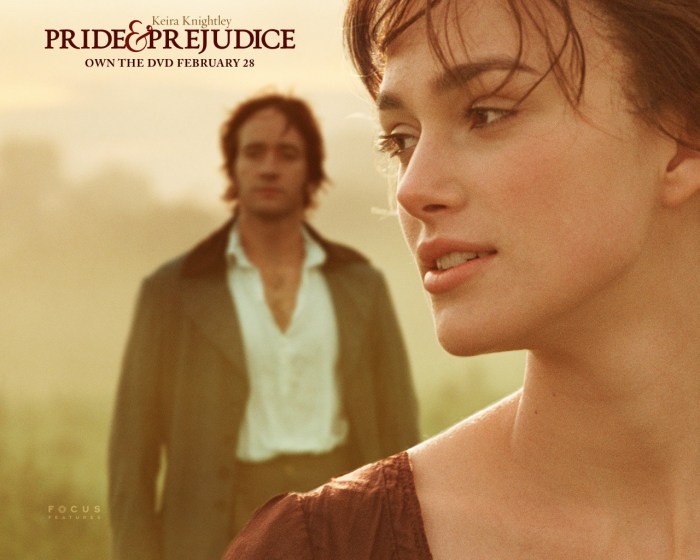
Pride and Prejudiceis set in the English countryside during the Regency period (1811-1820). The novel’s setting has a significant impact on the characters and their relationships.
Rural Setting, Pride and prejudice workbook answers
The novel’s rural setting is reflected in the characters’ lifestyles and values. The Bennets are a close-knit family who live a relatively simple life. The Bingley family is also wealthy, but they are more cosmopolitan and have a more refined lifestyle.
Social Hierarchy
The novel’s setting also reflects the rigid social hierarchy of the Regency period. The Bennets are considered to be lower class due to their lack of wealth and social connections. The Bingley family is considered to be upper class, and Darcy is one of the wealthiest and most eligible bachelors in England.
Pride and Prejudice: Literary Devices and Techniques

Jane Austen uses a variety of literary devices and techniques in Pride and Prejudiceto create a rich and engaging story.
Irony
Austen uses irony to create humor and to highlight the characters’ flaws. For example, Darcy is initially portrayed as arrogant and conceited, but it is later revealed that he is actually a kind and compassionate man.
Foreshadowing
Austen also uses foreshadowing to hint at future events. For example, the early references to Wickham’s dishonesty foreshadow his later attempt to elope with Georgiana.
Free Indirect Discourse
Austen uses free indirect discourse to give the reader access to the characters’ thoughts and feelings. This technique allows the reader to see the world through the eyes of the characters, and it helps to create a sense of intimacy between the reader and the story.
Detailed FAQs
What are the key themes explored in Pride and Prejudice?
Pride and Prejudice explores themes of love, marriage, class, gender, and societal expectations.
How does the setting of Pride and Prejudice influence the characters’ actions?
The setting of Regency England shapes the characters’ social interactions, marriage prospects, and overall worldview.
What literary devices does Jane Austen employ in Pride and Prejudice?
Austen uses literary devices such as irony, humor, and foreshadowing to enhance the novel’s impact and explore its themes.

